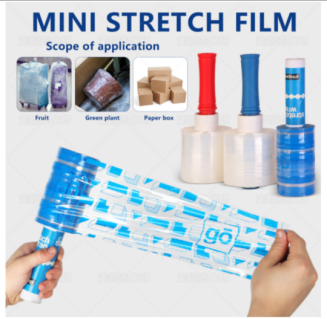plain paper cups
The Rise of Plain Paper Cups A Simple Solution for Sustainable Living
In today's world, where environmental concerns are at the forefront of public consciousness, plain paper cups have emerged as a popular choice for beverages. Emphasizing simplicity and sustainability, these cups provide an eco-friendly alternative to traditional plastic and Styrofoam options. The rise of plain paper cups can be attributed to their biodegradable properties, aesthetic versatility, and the growing consumer preference for environmentally responsible products.
One of the most compelling advantages of plain paper cups is their biodegradability. Unlike plastic cups, which can take hundreds of years to decompose, paper cups break down naturally within a few months under the right conditions. This significantly reduces the waste burden in landfills and helps address the global waste crisis. Moreover, many companies are now using recycled materials in the production of paper cups, further enhancing their environmental friendliness.
In addition to their ecological benefits, plain paper cups offer a minimalist aesthetic that appeals to a wide range of consumers. Their simple design can complement any branding or event theme, making them a popular choice for coffee shops, catering services, and parties. The blank canvas of a plain paper cup allows businesses to customize them with logos or designs, striking a balance between functionality and branding without being overly flashy. This versatility is particularly beneficial for businesses aiming to convey a commitment to sustainability while maintaining an inviting and professional image.
plain paper cups

Furthermore, as the demand for eco-friendly products continues to rise, many consumers are actively seeking alternatives to single-use plastics. This shift in consumer behavior has created a robust market for plain paper cups. Businesses that adopt these sustainable options are not only appealing to environmentally conscious consumers but are also demonstrating their commitment to corporate social responsibility. This can enhance brand loyalty and attract new customers who prioritize sustainability in their purchasing decisions.
However, it is essential to understand that the sustainability of paper cups depends on their production and disposal processes. While they are recyclable, not all paper cups are created equally. Many are lined with plastic to make them waterproof, which complicates recycling efforts. Companies are now exploring innovations such as plant-based coatings and improved recycling processes to ensure that paper cups can be disposed of responsibly after use.
In conclusion, the rise of plain paper cups symbolizes a significant shift towards sustainable living in our daily choices. Their biodegradability, aesthetic flexibility, and alignment with consumer values make them an attractive option for those looking to reduce their environmental footprint. As industries continue to innovate and improve the sustainability of these products, plain paper cups will likely remain at the forefront of eco-conscious consumption, leading the charge toward a greener future.
-
Have the freedom of customizing your custom mailers any way you want! Our dedicated packaging support will help deliver you the mailing experience you need to elevate your shipping experience to the next level! Start making a strong impression on your customers and stand out from your competitors! -
LIYA uses high quality raw materials which directly purchased from large enterprises domestic and overseas such as PetroChina, Sinopec, Sabic, Equate, ExxonMobil, Dow Chemical, Total, and Borouge, ensuring the price advantage and quality of the raw materials. -
LIYA uses high quality raw materials which directly purchased from large enterprises domestic and overseas such as PetroChina, Sinopec, Sabic, Equate, ExxonMobil, Dow Chemical, Total, and Borouge, ensuring the price advantage and quality of the raw materials.





